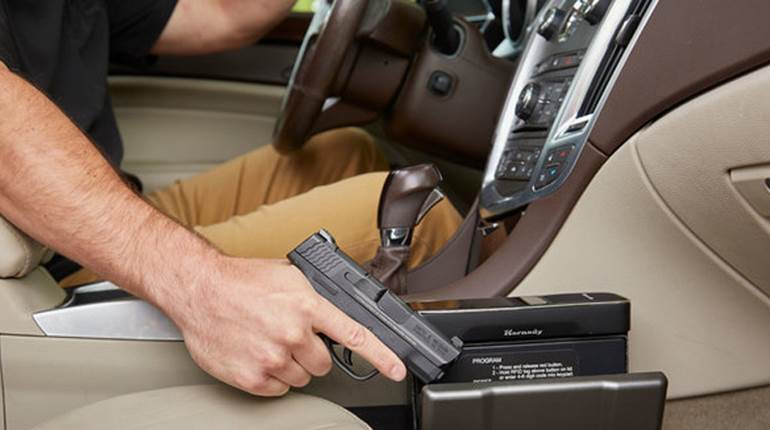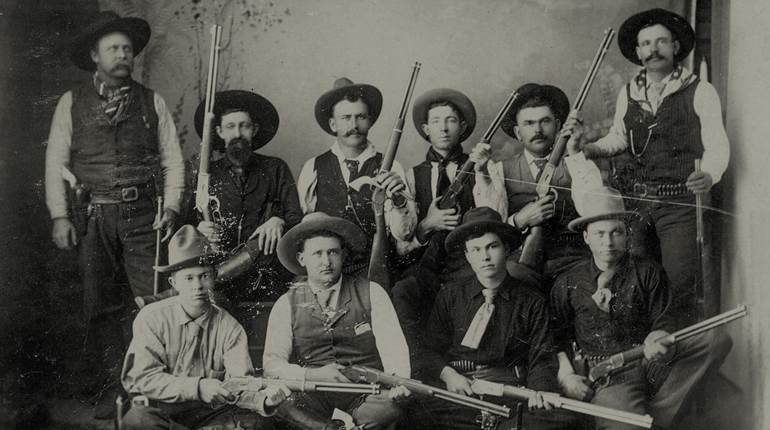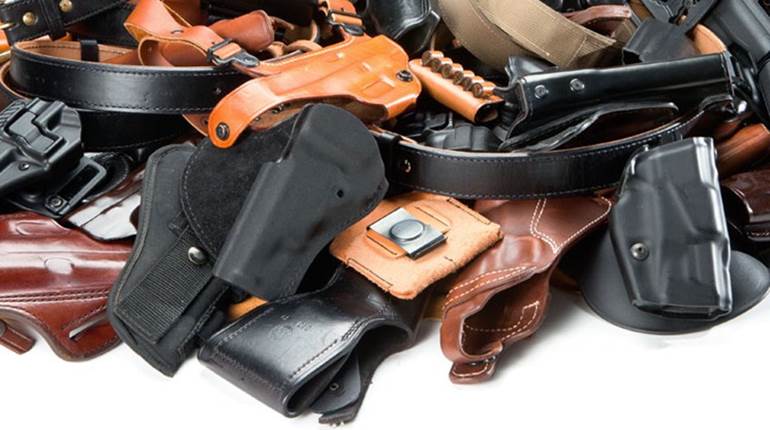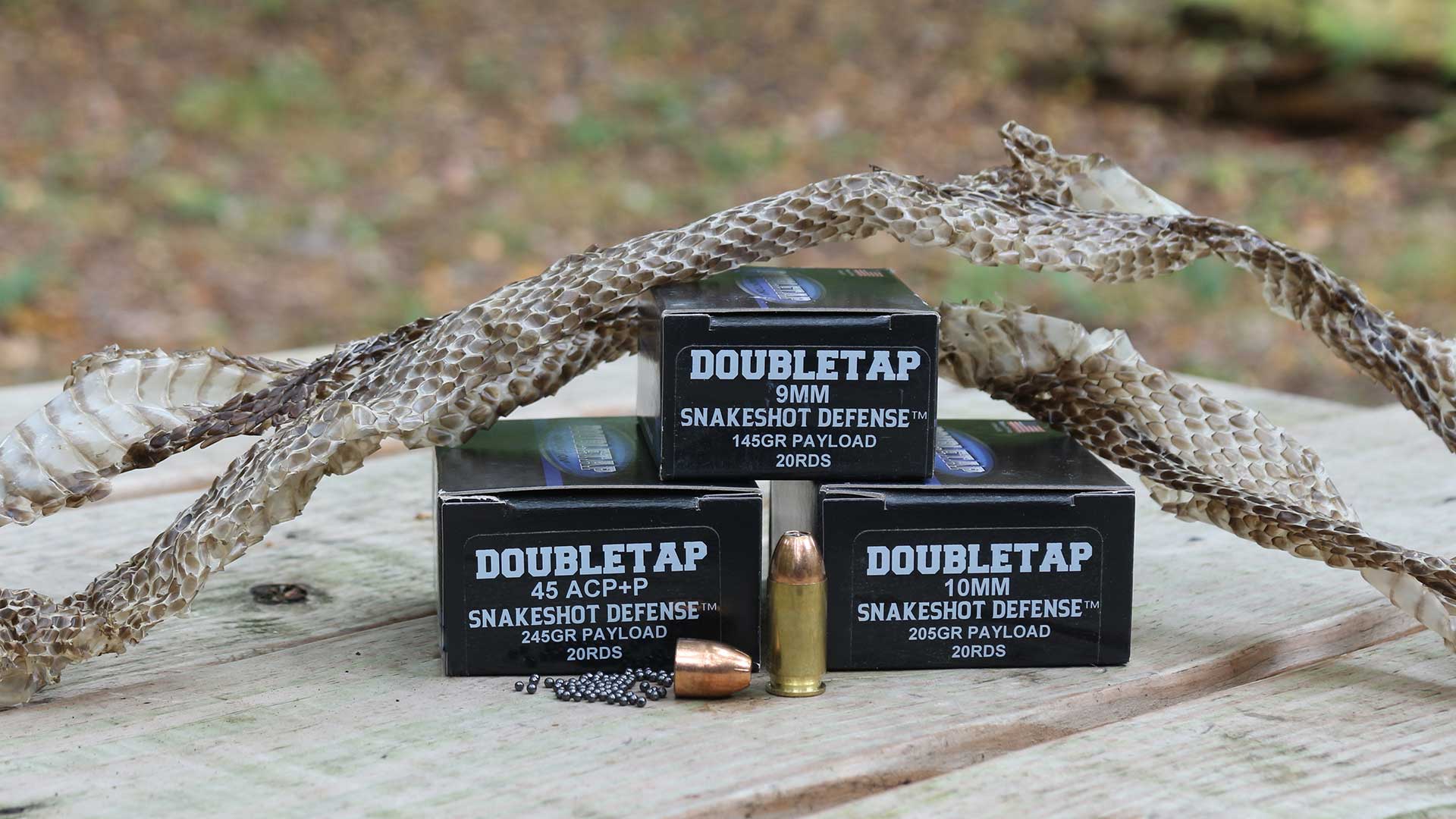
I don't mean to rain on anyone's parade, but the best place to deal with multiple criminal threats is in a Clint Eastwood western, where all the bad guys are on the deck in a nano-second even before they have fully drawn their guns. Dealing with multiple threats in the real world is an entirely different proposition. You must understand that multiple threats don't add to the danger, they multiply it.
This is the main reason that criminals like to run in groups. And one should not expect them to line up nicely like they do in the movies. Instead, they will probably spread out and try to flank you. In fact, most attacks from multiple threats involve one or more criminals coming at you from behind at the very outset of the attack.
In order to survive an attack from multiple threats, the armed citizen must act quickly, very quickly. It is critical to remember that distance and cover are your friends. If it is possible, you should put a lot of distance between yourself and the threat-as in getting completely away. In some cases, however, getting completely away from the scene is not possible. In that case, you should get behind the closest cover, the kind of cover that will stop bullets.
Since most criminals will not line up nicely, it has been suggested that you target the closest threat first. This is suggested simply because the person closest to you has the greatest chance of hurting you. This would be true if the criminals are all equally armed, say with handguns, and certainly if they are armed with knives. However, that may not always be the case.
By quickly evaluating the threat, you might determine that one is armed with a shotgun, one with a handgun and one is not displaying a weapon. In this case, it would be wise to neutralize the greatest threat first, that being the one with the shotgun. Your initial target would be any of the criminals who have long guns, or the one with the biggest handgun. Obviously, these are the crooks who have the greatest chance of hurting you.
When working with a trained partner, one of you should be covering the flank or dealing with those who come from behind. Who does what is something that should have been worked out during your training and planning sessions. You and your partner should have already worked out your communication techniques to keep each other posted with what is going on, such as the need to reload or the arrival of law enforcement. Regarding verbal communications, you should remember that stress will impair your ability to hear. Verbal communication should be loud, short and easy to understand. And don't forget to work out hand signals as well as verbal communication because you never know which form of communication will best fit a given situation.
Assuming that you were alert and acted quickly enough to make use of good bullet-stopping cover, it is best not to leave that cover unless there are overwhelming reasons to do so. I know that the action-shooting stars look really cool when they run and shoot at the same time. But, in the real world this is just a good way to get shot by the bad guy. A person should never leave good cover unless forced to do so and then it is just to move to more cover.
The good news is that, if your first few shots successfully deal with attackers, the balance of your attackers may break and run. This is because most criminals are not extremely brave individuals. Should you be lucky enough to witness such a retreat, it is probably best that you not shoot any of them in the back. It might be argued that, by breaking off the attack, these people are no longer threats. Yes, I know, we hate to see bad guys get away. But gathering up survivors is the job for the police, not the armed citizen.
By this time you should have some idea why dealing with multiple threats is not a good thing. You have to be alert, you have to create distance, you have to find cover, you have to evaluate the individual threat of each attacker, you have to keep up with a partner and you have to manage your marksmanship and ammo supply. And you have to do all of that while under more stress than you have ever experienced in your life. That is quite a lot to ask of an armed citizen. It is the reason that armed citizens need good training, lots of practice and a defensive plan to takes such things into account.
So, the next time you see Ol' Clint say, “Are you going to pull them pistols or whistle Dixie?” remember that it is entertainment and has very little to do with dealing with multiple threats in the real world.





































